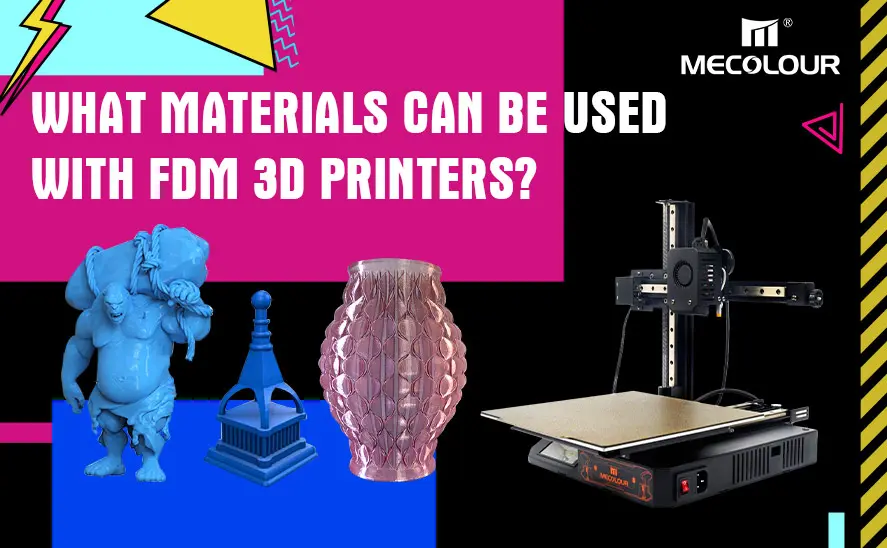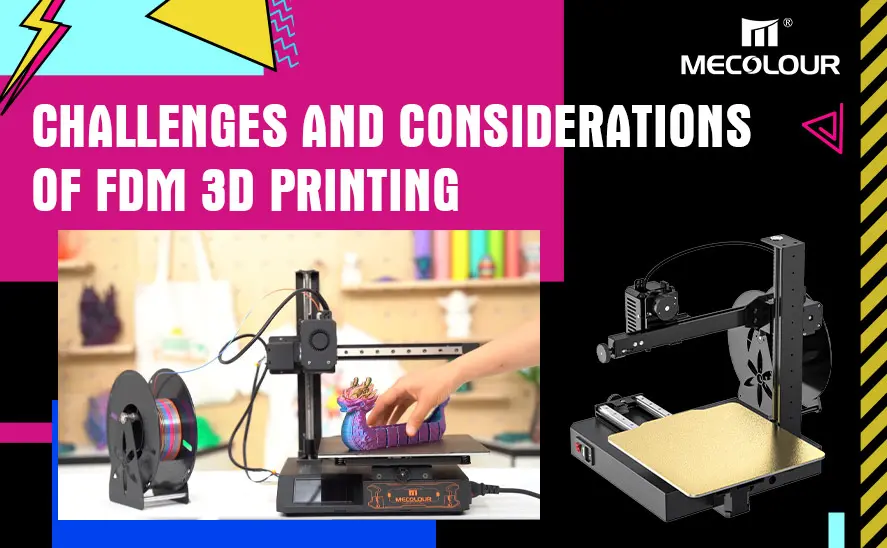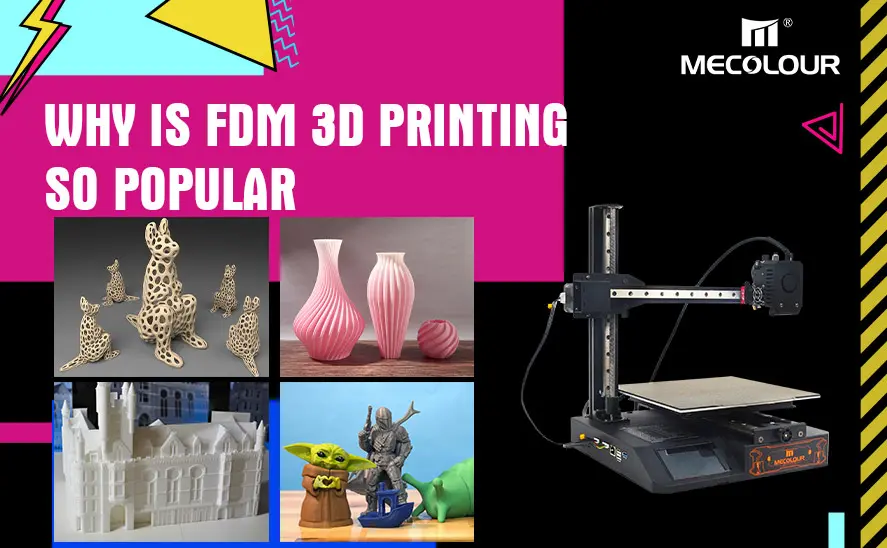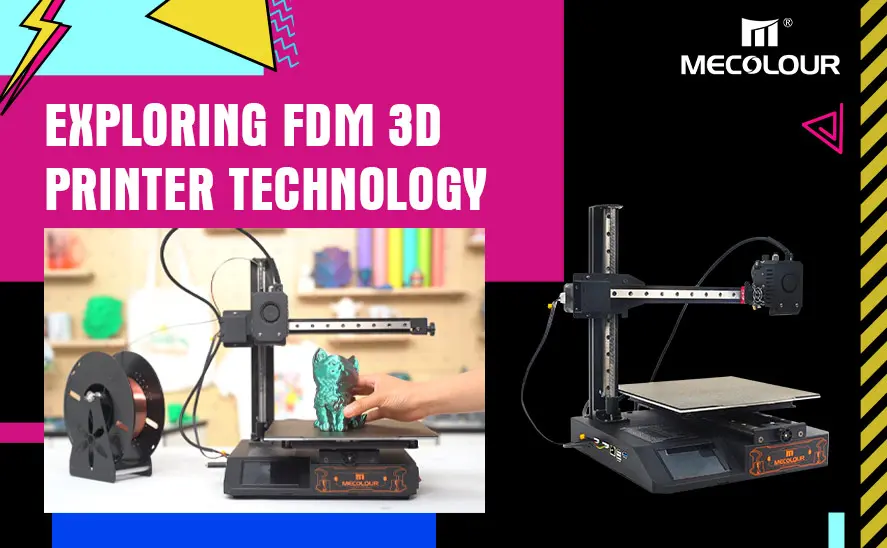The Magic Behind FDM 3D Printers: Unraveling the Mechanics
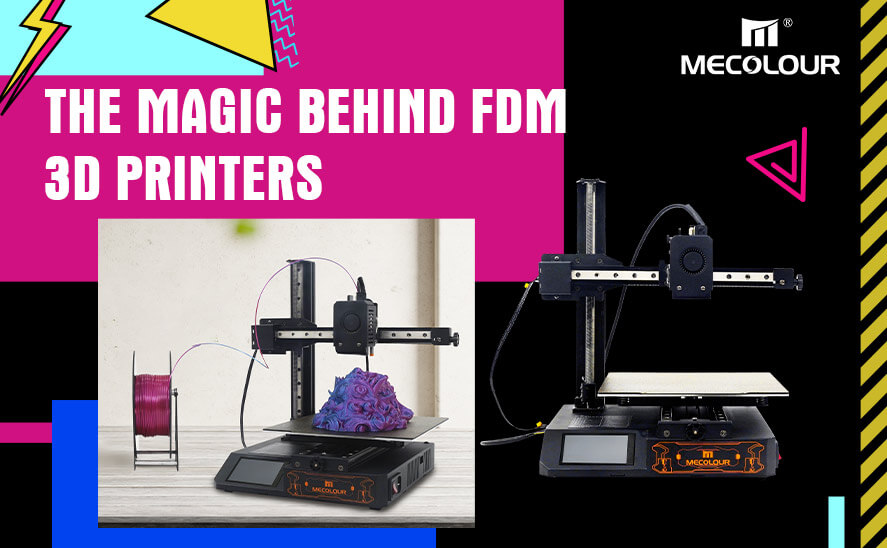
Welcome to the fascinating world of FDM 3D printing! If you’ve ever wondered, “How do FDM 3D printers work?” then you’re in for a treat. These ingenious machines have revolutionized how we create objects, from simple prototypes to complex, intricate designs. In this article, we’ll dive into the nitty-gritty of FDM 3D printing, exploring the mechanics and principles behind this groundbreaking technology.
What is FDM 3D Printing?
The Basics
FDM stands for Fused Deposition Modeling, a popular 3D printing method. It’s widely used due to its simplicity and cost-effectiveness. Essentially, FDM 3D printers build objects layer by layer using thermoplastic filaments. These printers are like little construction workers, meticulously stacking material until your design comes to life.
The Filament
The filament is the lifeblood of FDM 3D printers. Commonly made from PLA (Polylactic Acid) or ABS (Acrylonitrile Butadiene Styrene), these materials are chosen for their melting properties and strength. The filament is fed into the printer, where it gets heated and extruded through a nozzle to form each layer of the object.
The Mechanics of FDM 3D Printers
The Extruder
The extruder is the heart of an FDM 3D printer. It consists of two main parts: the cold end and the hot end. The cold end pulls the filament into the printer, while the hot end melts it and extrudes it onto the build platform.
Cold End: This part includes a motor and gears that grip the filament and push it towards the hot end.
Hot End: Here, the filament is heated to its melting point and forced through a tiny nozzle, allowing for precise control over the deposition of material.
The Build Platform
The build platform is where the magic happens. It’s usually heated to help layers adhere better and prevent warping. The platform moves along the z-axis, lowering after each layer is deposited to allow the next layer to be printed on top.
Motion System
FDM 3D printers rely on a motion system to position the extruder accurately. This system typically includes stepper motors and belts or lead screws that control movement along the x, y, and z axes. The coordination between these components ensures that each layer is precisely aligned.
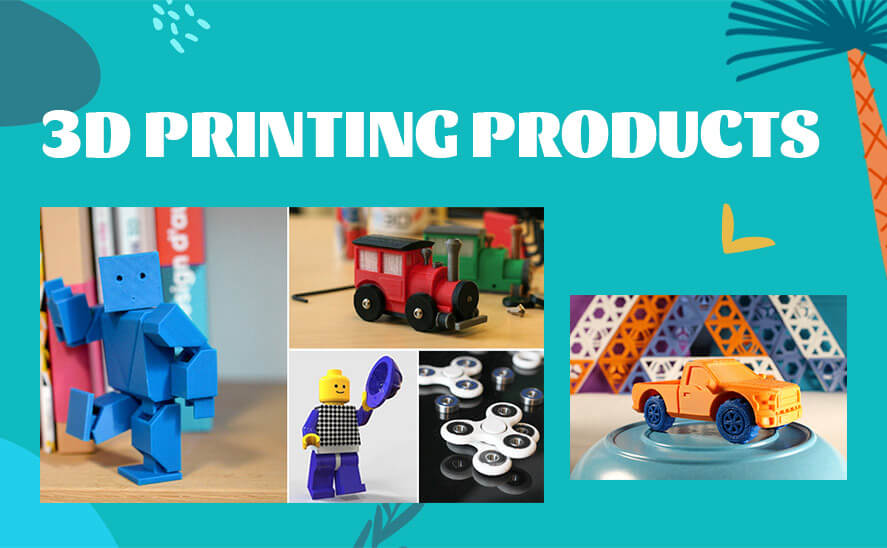
3D Printing Products
How FDM 3D Printers Create Intricate Designs
Layer-by-Layer Approach
Creating intricate designs with an FDM 3D printer involves meticulously building up layers. Each layer is a cross-section of the final object, sliced from a digital model. The printer follows this pattern, laying down material row by row.
Slicing Software
Slicing software is crucial in transforming a 3D model into instructions for the printer. The software slices the model into thin layers and generates a path for the extruder to follow. It also includes settings for layer height, print speed, and temperature, which can be adjusted to optimize print quality.
Supports and Rafts
To achieve complex designs, supports and rafts are often used. Supports are temporary structures that hold overhanging parts in place during printing. Once the print is finished, these supports can be removed. Rafts are thin layers printed under the object to improve adhesion and stability, particularly useful for intricate or tall prints.
Watch this video to learn how to create intricate designs using Mecolour FDM 3D printer:
Advantages and Limitations of FDM 3D Printing
Advantages
Cost-Effective: FDM printers and materials are relatively affordable.
User-Friendly: These printers are easy to use, making them accessible to beginners.
Versatile: Capable of printing a wide range of materials and designs.
Limitations
Layer Lines: Visible lines between layers can affect the surface finish.
Strength: FDM parts may not be as strong as those made with other methods like SLA or SLS.
Speed: Printing can be slow, especially for detailed or large objects.
FDM 3D printing is a remarkable technology that brings ideas to life, layer by layer. By understanding how FDM 3D printers work, from the extruder and build platform to the slicing software and motion system, you can appreciate the intricacies involved in creating detailed designs. While there are some limitations, the advantages of FDM 3D printing make it a go-to method for hobbyists and professionals alike. So, the next time you see a 3D-printed object, you’ll know the incredible process behind its creation!
FAQs
Common materials include PLA, ABS, PETG, TPU, and more specialized filaments like wood-filled or metal-filled plastics.
Proper bed leveling, correct temperature settings, and using the right slicing settings are key to successful prints.
Yes, FDM printers can produce functional parts, though they may require post-processing to enhance strength and durability.
The maximum print size depends on the printer’s build volume, which varies across models.





